Greyhound Help Organisations – Mission and Motivation
Greyhound racing certainly draws in a crowd, hoping to watch their chosen animal claim first place. But for most, things start and end with the race portion of the scene. Few care about the animals that perform, or what happens to them. Just like with professional athletes, dogs are no less susceptible to injury. Others face harsh treatment, some of which can be easily defined as animal abuse. To improve the life of mistreated and retired dogs, greyhound help organisations were established. Their goal is to ensure that every greyhound under their care receives a fulfilling life.
Why is Greyhound Help Needed?
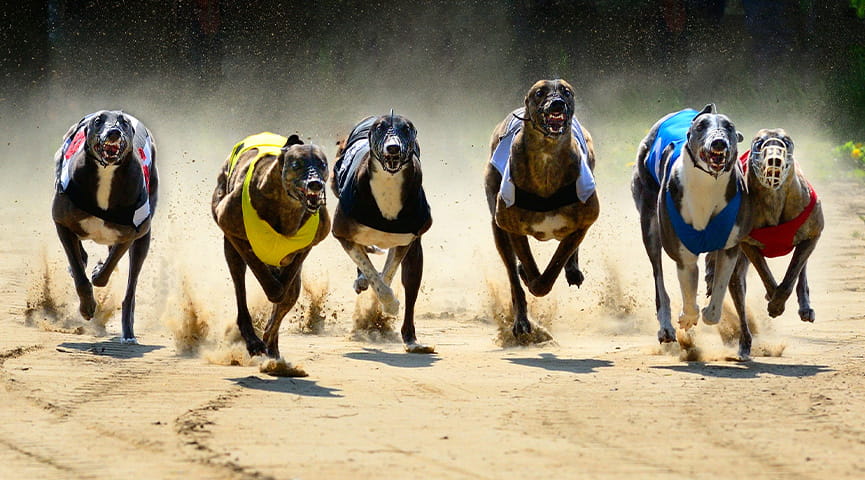
Greyhound racing dates back to at least the 19th century. Greyhounds were used due to their slim and graceful build, and they would later prove themselves to be the fastest breed in the world. This made them perfect for this type of event, and sooner rather than later, greyhounds would be used exclusively for races. It also wasn’t long before a betting scene emerged around greyhound races, with people betting on the outcome of a race.
When you introduce gambling to any given activity, it quickly rises in popularity. Such was the case with greyhound racing, as it became a worldwide phenomenon. Soon enough, tracks are opened across Europe and the UK, the Americas, some going as far as New Zealand and Australia. Clearly, there was a public interest in watching the races, and tracks were more than happy to take on bets from attendants.
But where there is money, there is also greed. Some people care only about bringing the cash, and wouldn’t bat an eye at anything else. Greyhound help organisations exist for a reason. The reality of the matter is that racing dogs don’t receive the best treatment. In fact, things are quite dreadful at many racetracks, despite the efforts of governments and these organisations to resolve the issue. Below, you will find a brief overview of the crude treatment many dogs get during their racing careers.
Greyhounds Injuries
In a competitive sport, participants get injured. Racing greyhounds also suffer from injuries sooner or later. The most common injury is a broken leg, but dogs are known to experience other issues, such as head trauma or broken backs. There are even greyhounds that suffer from the effects of electrocution, be it from the fence around the racetrack or their handlers. Hundreds of injuries are reported on a yearly basis across all popular race racks, and dozens of animals die or are put down every year, as a result.
Racing Greyhounds Mistreatment and Abuses
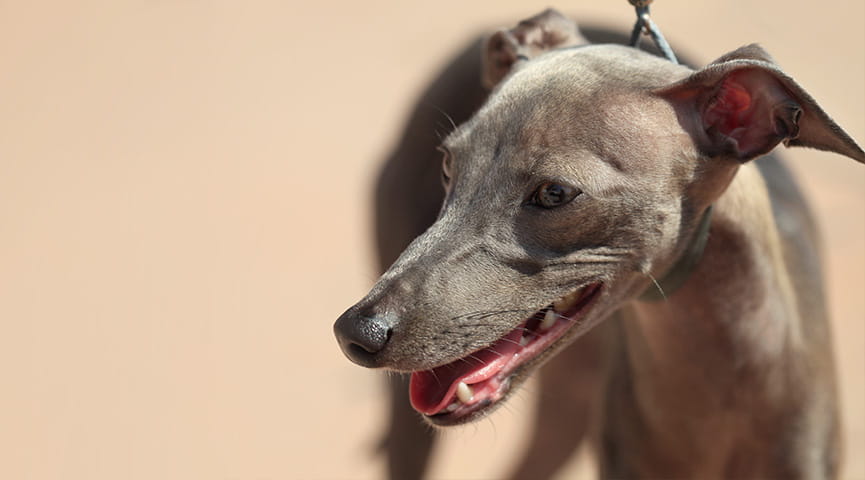
Racing hounds are not your family pet. They are more or less treated like property, whose only purpose is to perform in the races. Other aspects of the animal’s life are hardly taken into consideration.
Living conditions for many greyhounds are less than ideal. Some tracks keep them stuffed in cramped kennels, with no room to move around or barely stand up. Such confined spaces are not suitable for animals such as dogs, much less having dozens of them in the same room. It is not hygienic, nor is it comfortable for any of the greyhounds. These conditions make it easy for diseases outbreaks to occur, rendering the animals unable to race and thus useless to the track and their owners.
What’s more, dogs are social animals, greyhounds included. As such, they need some form of contact with other living beings. The reality of the situation is that racing dogs rarely get any free time, only up to a few hours per day, if any. All in all, this isn’t good for the development and state of any animal.
Other mistreatments come in the form of performance-enhancing drugs. The US Humane Society reports more than 400 individual cases of drugged dogs at Florida’s racetracks. The substances used vary from cocaine to oxycodone and a wide range of other drugs. Some reports state that anabolic steroids were used with female greyhounds to boost their physical performance. As you can imagine, these substances are administered illegally and not under the directions of a vet. Prolonged exposure to such drugs is proven to have damaging effects on the user, and this is the case with race dogs, as well. According to the US Humane Society, these are some of the drugs found injected into racing greyhounds:
- Cocaine
- Novocaine
- Lidocaine
- Industrial solvent DMSO
- Oxycodone
- Oxymorphone
- Anabolic Steroids
Then we also have to get to the animals’ diet. In some places, greyhounds are not fed to the standard that they should. It is a common practice on some racetracks to provide them with raw uncooked meat. What’s more, the quality of the meat is also called into question at these tracks, since it is often deemed not safe for consumption by humans. Raw meat can carry harmful bacteria or diseases. Combined with the substandard living conditions, and we have a hotbed for infection. Of course, the reason behind this comes down to money, as it is cheaper to provide low-quality raw meat than to feed the animals properly.
Government Regulation on Greyhound Racing and Animal Welfare
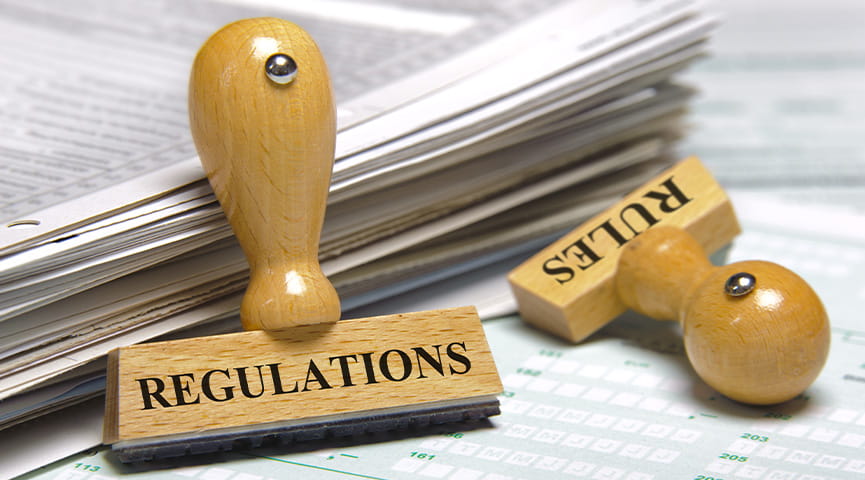
While the picture we paint above is quite bleak, we are happy to report that this is the case for greyhounds everywhere. Some countries have become aware of the bad conditions under which racing dogs suffer, and have introduced welfare regulations to better the lives of these animals.
For instance, the UK passed the Welfare of Racing Greyhounds Regulations 2010 Act, whose goal was to introduce minimum welfare conditions for racing dogs. Some of the more notable clauses required tracks to keep a veterinary surgeon present to examine the dogs before a race. A greyhound may only race after the vet has given their approval. Additionally, the tracks also had to keep records of all dogs under their care and only to permit registered dogs to race. The Act also required proper kennels for the dogs currently at the track.
While these regulations were an important step, they do not account for how the animals are treated outside of the track. Therefore, the impact of the Act did not solve all of the problems plaguing the greyhound racing industry.
Similar regulations have also been passed in other developing countries, all with the aim of improving conditions for racing greyhounds.
Greyhound Organisations – Primary Actors and Goals
In light of the issues with the greyhound racing scene, organisations have been established to help retired dogs in any way they can. Whether it be medical treatment, care, or socialisation, these organisations look to ensure that the dogs have adequate support and a meaningful life going forward. These entities are primarily staffed by volunteers and animal lovers, who wish to see the animals cared for. What’s more, they operate on donations and goodwill as their primary source of funding.
The Greyhound Action Organisation – The Beginning
The Greyhound Action Organisation was a leader in the prevention of cruelty towards racing dogs in the UK. Established in 2008, Greyhound Action made significant progress and helped popularise the greyhound protection movement in the country. To make a long story short, the organisation did a lot of good for the racing animals. In May 2011, its leadership decided to cease operations and to direct its efforts in working with other similar organisations. Nowadays, the Greyhound Action mission is carried on by other similar entities in the UK and abroad.
The Greyhound Trust – A Leader Among UK Greyhound Organisations
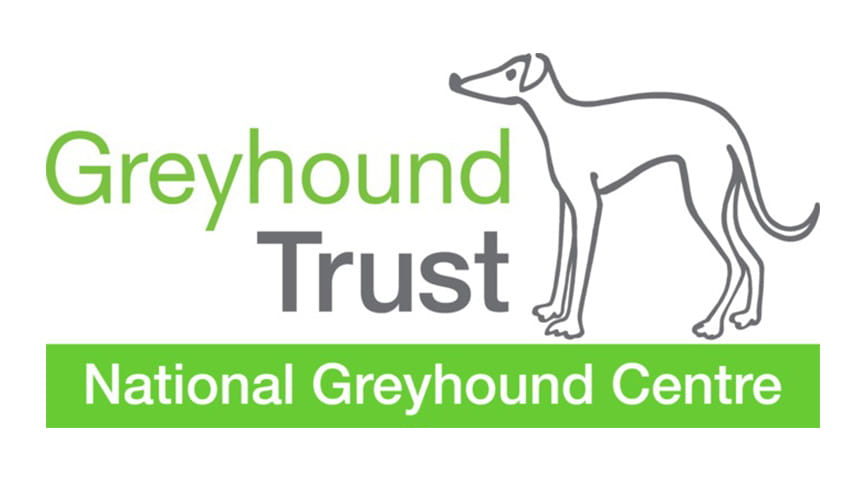
Among the leaders in greyhound help programmes, the Greyhound Trust is among the primary ones. This greyhound organisation aims to adapt racing dogs after they retire to a more traditional way of life. This includes providing care and treatment, ensuring they find a home and people to adopt them, as well as post-adoption support for animals in need.
The Greyhound Trust works with hundreds of volunteers all over the country to achieve its goals. Additionally, the Trust not only provides greyhound help but also looks to educate the public on responsible dog ownership and care. This greyhound organisation finds homes for than 3000 former racing dogs each year, with the number of adopted animals increasing yearly.
US Humane Society
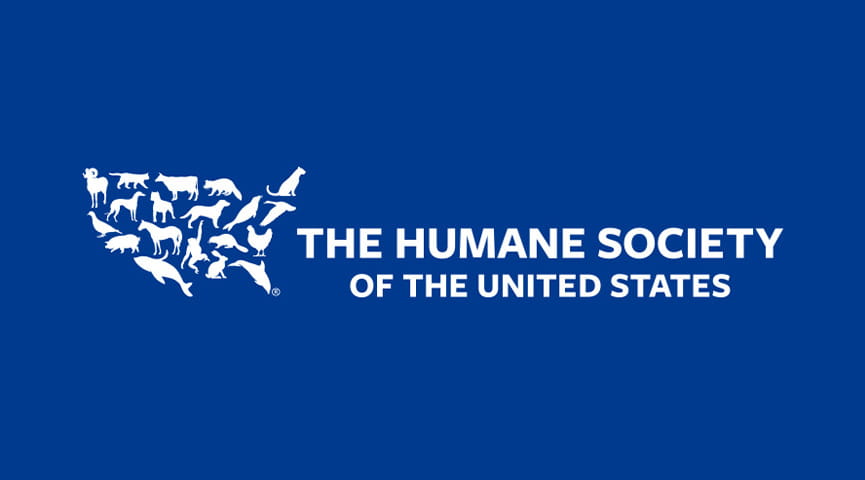
The Humane Society of the United States stands out as one of the more notable greyhound help organisations. The Society does educational pieces on the conditions at greyhound racetracks. This information campaign has been quite effective at exposing the dark sides of this industry and looks to correct it wherever possible.
Of course, the Humane Society does not deal exclusively with racing dogs, like the Greyhound Trust. It targets all different kinds of animal abuse and cruelty, ranging from trophy hunting and unethical testing to preserving the natural habitat of some animals and ending animal homelessness. It has a wide reach and their work has been renowned for decades.
National Greyhound Foundation
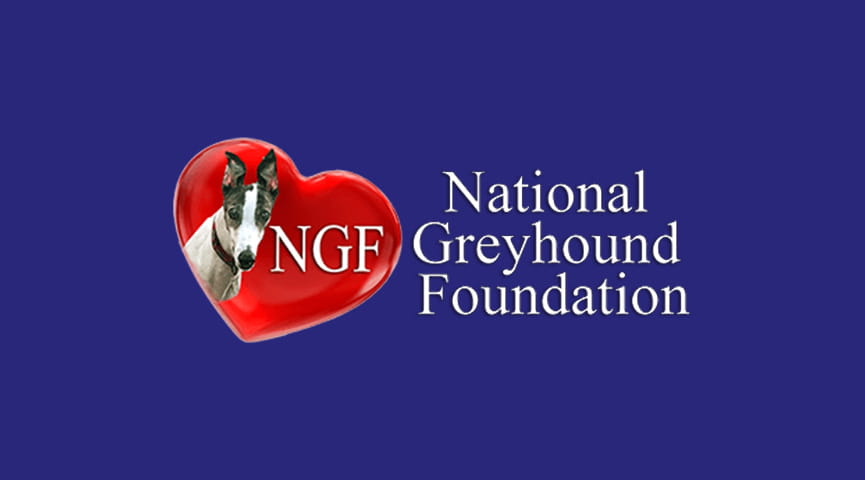
The National Greyhound Foundation is another US-based greyhound help organisation and a member of the United Way non-profit. The NGF runs multiple programmes to assist in the adaptation of retired greyhounds. The 2nd Chance at Life Project is an initiative by the NGF to socialise racing dogs and to find them a proper home. Interestingly enough, it also deals with incarcerated inmates. (Make of that what you will.) This programme also chooses select greyhounds to serve as service dogs for disabled veterans. This way, the dogs get another opportunity at life, while veterans receive the help they need after service.
Special Needs Greys is another greyhound help programme by the NGF. This one deals with especially difficult cases of retired greyhounds. The dogs that are placed in this programme usually have undergone significant mistreatment or are otherwise injured. In any case, these dogs are not suited for adoption right away and require special care before they are adopted by families.
FAQ About Greyhound Help Organisations
Now that we have gone over the primary greyhound organisations and the reasons why they exist, we would like to direct you to our FAQ section. It covers the most important information from the post above and will give you a clear and concise picture of the situation.